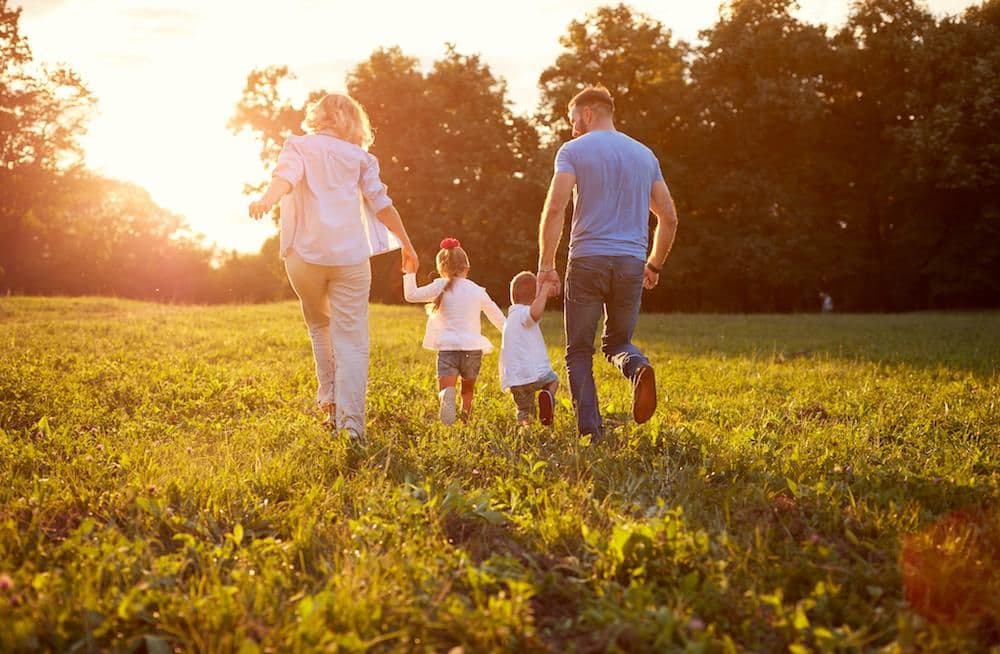TODDLER
Ticks: Protecting Your Family from Summertime Danger
A refresher on how to ward off the nasty little bugs and the diseases they carry.

Written by
Dr. Harvey Karp

SHARE THIS ARTICLE
PARENT PICKS
Bestsellers
TODDLER

Written by
Dr. Harvey Karp

SHARE THIS ARTICLE
Bestsellers
The weather is getting warmer! The family will be spending more time outdoors and having fun. But do you know how to protect your babies and toddlers from ticks?
The big tick trauma everyone knows about is Lyme disease. There are around 900 reported cases of Lyme disease in the UK each year and it can cause anything from mild flu to painful meningitis and even chronic nerve damage, joint pains, fatigue, and memory impairment. But, this summer the risk is greater than usual…because of mice!
Long story short, Lyme is carried by deer ticks, but recently mice have added to the threat. A 2015 acorn boom created a rodent population surge, and those mice carry Lyme-laden ticks that eventually make it to your children.
So, it is time for a refresher on how to prevent against ticks and the diseases they carry.
Once bitten, the bacteria causing Lyme usually take 24 to 48 hours to 'swim' from the tick’s gut to the saliva and then enter our bodies. The first sign of a problem may be finding the tick still attached, but often the tick feeds and then drops off. The more typical first sign of infection is a red 'target' rash—a circle of red skin with a central clearing that grows slowly from 2-12 inches—which appears 1 to 3 weeks after the bite.
But, 20-30% of those infected never see this 'classic' sign or even knew they had a tick bite.
If you are vacationing (or living in) an area with ticks, consider Lyme disease if your child complains of flu-like muscle aches, headaches, joint pain, or runs a fever. (Another, odd symptom is droopiness of one side of your child’s mouth…indicating a nerve palsy.)
With Lyme, the good news is that the earlier you are put on antibiotics, the better the chance of a total cure.
Besides Lyme disease, sneaky ticks also carry a few other serious—potentially fatal—diseases from tick bites.
Fortunately, all of these tick-borne illnesses can be treated with antibiotics, except Powassan. That one is caused by a virus. Powassan is quite rare, but doctors have real concerns that global warming will trigger more and more tick- and mosquito-borne diseases.
The best way to protect your family from lyme disease is basic tick prevention! So, when heading out on vacation, be sure your family takes these steps:
It’s important to inspect your children, preferably before coming into the house...including their hair, ears, under arms, and yes, even inside their belly buttons. Ticks like to go to warm cosy places!
Found a tick? Use your fine tweezer to pull it out, but ALWAYS grab the tick by the mouth—as close to your skin as possible—and pull out slowly. (Do not use matches or try to suffocate with Vaseline; these old ideas don ot work and can make matters worse!)
Once it is off, put the tick in a little container to save it—in case you get sick and the tick needs to be evaluated for illness. Then, clean the bite area with soap and water…and wash your hands, too!
Lastly, have everyone change clothes when they come inside from tick areas and wear fresh clothes every day to keep your gang tick-free, healthy and happy.
Disclaimer: The information on our site is NOT medical advice for any specific person or condition. It is only meant as general information. If you have any medical questions and concerns about your child or yourself, please contact your health provider. Breastmilk is the best source of nutrition for babies. It is important that, in preparation for and during breastfeeding, mothers eat a healthy, balanced diet. Combined breast- and bottle-feeding in the first weeks of life may reduce the supply of a mother's breastmilk and reversing the decision not to breastfeed is difficult. If you do decide to use infant formula, you should follow instructions carefully.